Today you’re going to learn how to use social proof to increase your eCommerce revenue.
The best part?
You don’t have to dish out tens of thousands of dollars or more on influencers.
In fact, there are strategies you can implement on your eCommerce store right away.
In this in-depth guide you’ll learn:
- What social proof is
- Why social proof is vital
- 5 examples of social proof to take inspiration from
- and lots more
So if you want to get more conversions on your eCommerce store, you’ll love today’s actionable guide.
Let’s jump in.
What Is Social Proof?
Social proof is the idea that people follow the actions of others.
It’s a psychological phenomenon that occurs when people assume the actions of others are correct.
This takes place all the time in our daily lives. When we see a long line at a restaurant, we’d assume that the restaurant is high-quality with great food. If a friend recommends a specific show to watch on Netflix, we’re more inclined to check it out.
Social proof is the reason why we ask for second opinions and check reviews before buying a product. It’s the reason why influencers are able to make a living through brand deals.
In the digital marketing realm, social proof is a required strategy to convert store visitors efficiently.
Social Proof Principles
The notion of social proof was built upon three primary principles: uncertainty, similarity, and expertise.
1. Uncertainty
Unfamiliar or new situations usually cause a level of doubt and uncertainty in people. When people don’t know what actions to take or how to behave, they’ll look to others for guidance.
2. Similarity
People tend to follow the actions of other people they view as similar to themselves. They believe that if people who share the same background, needs, and circumstances are taking these actions, they should too.
3. Expertise
When people are in unfamiliar situations, they often seek guidance from others they view as experts in the space. This is because people believe that others with more knowledge make more informed and better decisions.
Why Is Social Proof Important for eCommerce Stores?
Although social proof is essential for any business, it’s especially crucial for eCommerce stores. This is because your customers can’t physically visit your store and touch your products.
If a potential customer is on the edge of making a purchase, they’ll need to conduct all their research online. They’ll find every possible resource available, including social proof, to decide if your business is worth their dollars.
A beautiful website, amazing product images, and highly detailed product descriptions might not be enough to convert potential customers. Adding social proof removes the risk for customers and persuades them that your brand is trustworthy.
When a potential customer sees that other people had a great experience with your brand and products, they’ll have the confidence needed to make a purchase.
An easy example to discuss is when you’re shopping online.
Even if you’re browsing major brands like Nike or Patagonia, you’ll still likely look at reviews before making a purchase. Everyone has had a bad experience shopping online before, and online shoppers are conducting even more research nowadays.
Social proof is essentially digital word-of-mouth that acts as a conversion rate optimizer.
The Power of Social Proof
A Nielson case study found that 82% of Americans seek recommendations from friends or family before making a purchase.
Although word-of-mouth isn’t something you can directly build on your eCommerce store, the social proof you create will increase conversions and build brand loyalty.
This momentum will continue building as more customers purchase products from your brand and begin telling others.
Furthermore, 54.7% of online shoppers read at least four reviews before purchasing a product. 93% of online shoppers said that product reviews influenced their purchasing decisions.
However, customer reviews aren’t the only form of social proof. Although they play a big role in the current online shopping environment, there are also other ways you can optimize your eCommerce store.
Let’s walk through some examples in detail.
1. Actively Seek Customer Reviews
As I mentioned earlier, customer reviews are the most powerful form of social proof. Even if your product is outstanding, how will potential customers know?
If you don’t have customer reviews enabled on your eCommerce store, make sure to install one immediately for your specific platform. Loox is a popular option for Shopify users. I recommend using a customer review application that allows the customer to upload an image on top of the written review.
If you already have a customer review section on each of your product pages, you need to be proactive about getting reviews. Most of the time, customers won’t come back to post a review even if they enjoyed the product.
Let’s discuss how to get customer reviews.
Send Review Requests After a Customer Recieves Product
The best way to get more customer reviews is to send out an email requesting a product review once the product is delivered. However, it’s important to wait a few days after delivery to give the customer time to use it.
After 2 or 3 days, send a review request email while the product is still fresh in their minds. Hopefully, their enjoyment from the product motivates them to write a genuine review.
You can also include an incentive such as a 15% discount on their next purchase.
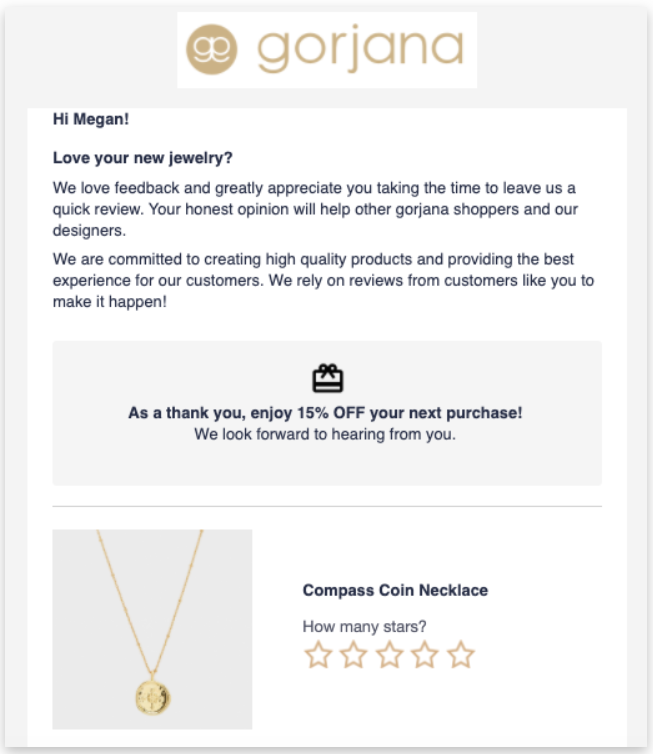
Customer Review Examples
The first example comes from The Ridge. They sell innovative wallets and other accessories.
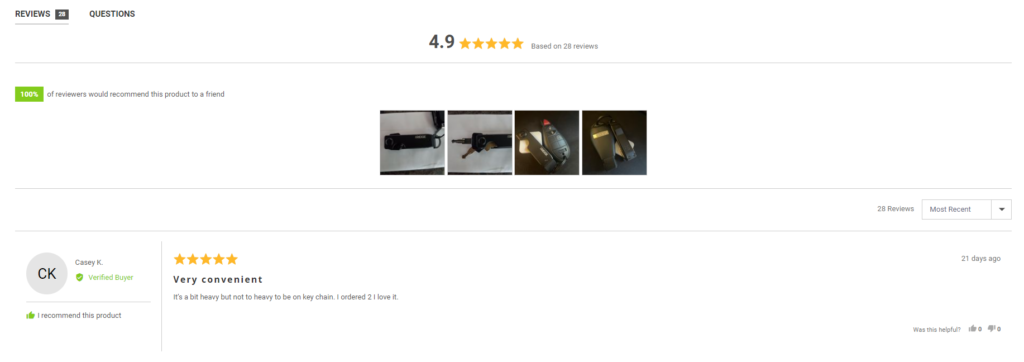
Under each of their products is an extensive customer reviews section. This section also includes a Q&A section for potential customers who have questions about the product. Furthermore, there is an image gallery above the written reviews that shows all the product images customers have uploaded.
They also display each reviewer as a ‘Verified Buyer’, similar to what Amazon does. This instills an even further level of trust to potential customers.
The next example is from a brand called Lush.

Lush sells handmade cosmetics. As you can see, their reviews section allows potential customers to sort through the reviews by various personal attributes.
This makes it especially simple for people to read reviews from people with similar personal qualities.
2. Add Reviews To Your Home Page
If you have positive reviews about your products, displaying them on your home page can be a powerful conversion booster. This is because your homepage is the first thing visitors will see on your store.
If they immediately see a wall of positive customer reviews with photos, they’ll instantly trust your brand more. You should include both visual and written social proof from your top reviews.
I recommend placing this section near the bottom of the homepage after all the featured products and categories.
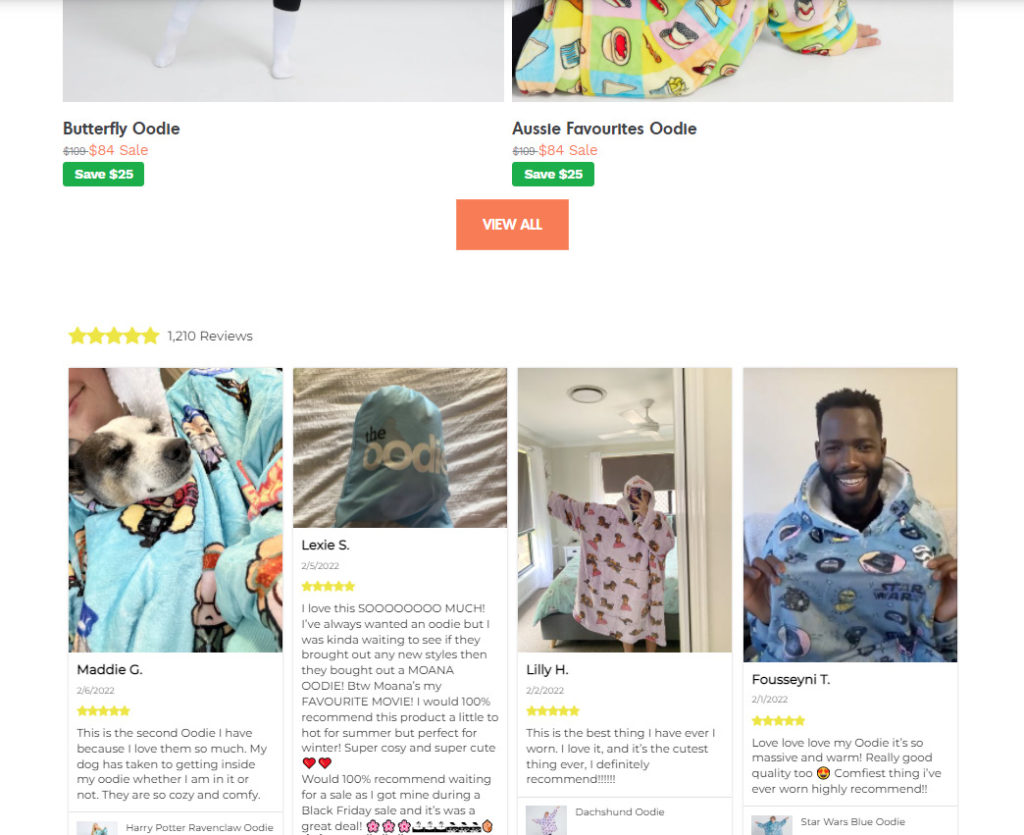
A brand called The Oodie uses this exact strategy on their homepage. The last section of their homepage shows dozen of product reviews from happy customers. Each review has an image included with it that displays someone smiling and enjoying their product.
This instills a significant amount of trust with new shoppers, and interested visitors will be convinced to make a purchase.
Although you may have hundreds of positive reviews on your website, a customer only looks at the reviews for the specific product they want. They might not know how well your other products are rated. This strategy ensures you’re getting the most value possible out of your hard-earned reviews.
It also gives an unforgettable first impression of your brand for new visitors. If your eCommerce store lacks customer reviews, use the above outreach strategy.
3. Social Contests With User-Generated Content (UGC)
Another excellent way of building social proof for your eCommerce store is through social contests and giveaways. The rise of social media usage has allowed hundreds of brands to build incredibly strong brand loyalty and social proof.
This strategy involves reaching out to your customers and asking them to participate in a contest. The contest will be based on taking a picture with the product and posting it on Instagram. They will then add specific campaign hashtags to the post based on the contest. For example, you can simply use your brand’s name as the hashtag.
Then you will ask the customer if you can repost the image on your own brand’s Instagram page. You can then add an Instagram feed like the one shown below to your eCommerce store’s home page.

In terms of incentives, you can offer the customer a discount code for creating the content. Furthermore, you can tell them that the image that’s reposted on your brand’s Instagram with the most engagement receives a prize. The prize can be in the form of a store gift card or a free product bundle.

Frankies Bikinis employs a different UGC strategy. Instead of offering a monetary incentive, customers who post a picture on Instagram with their bikini have a chance of getting featured on Frankies Bikini’s Instagram account.
Since they have over 1 million followers on Instagram, customers see this as a great opportunity to gain more exposure and followers themselves. Since growing an Instagram account and becoming an influencer is so popular nowadays, people are excited about this opportunity.
However, this strategy only works if your brand’s Instagram account is already large with good engagement.
4. Media Mentions
You can also build social proof by displaying media mentions on your eCommerce store’s homepage. For example, if your brand was featured by a prominent news outlet, it’s important to show your visitors.

The 5TH is a watch company that’s been featured on Forbes, Highsnobiety, and Fashion Journal. Rather than only displaying an icon, they also include an excerpt from the piece.
You may be thinking, how can I get a media mention for my brand?
Although it may seem difficult, getting media mentions is extremely possible, as long as you put in the work. This involves reaching out to prominent media outlets that are relevant to your niche.
You’ll need to find a contact email and explain how you’d like to feature your brand on their website. Explain what your brand is, what kind of products you offer, and what makes your brand different.
Some media outlets may request a payment to feature your brand while others will do it for free.
If you’re willing to invest in hiring a publicist, you can also get your brand featured on bigger media outlets like Forbes and Business Insider. This is because publicists have connections within various outlets that help you get your brand featured.
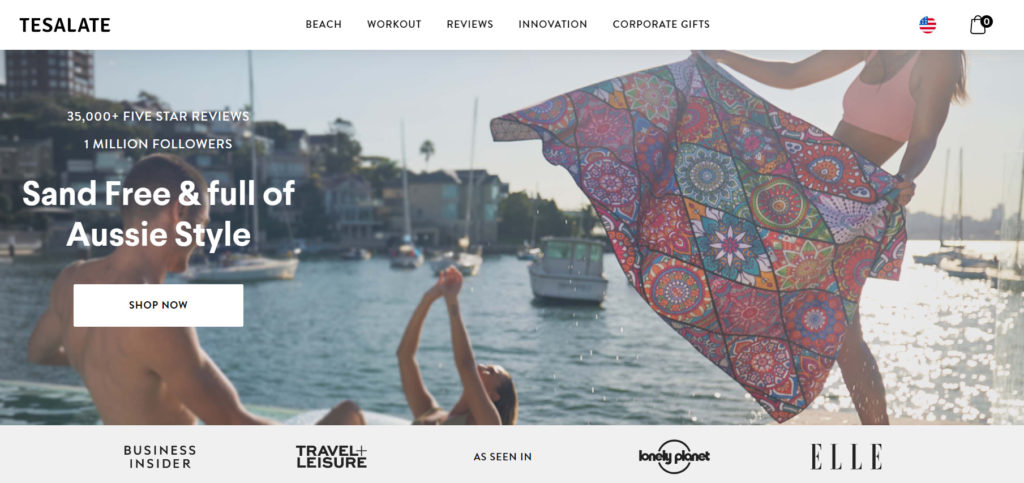
Once the brand mention has been posted, you can either display the media outlet’s logo as Tesalate does or include a brief excerpt as The 5TH does.
5. Mention Your Brand’s Statistics
As you can see in the image above, Tesalate takes their social proof even further by stating they have ‘35,000 Five Star Reviews’ and ‘1 Million Followers’.
These statements along with the media logos build a significant amount of social proof and trust with the brand.
It’s always a good idea to display large numbers wherever you can. For example, instead of ‘35,000 Five Star Reviews’, you can put ‘50,000+ Happy Customers’.
If your business does charity work, you can include a statement such as ‘$200,000 Donated to Charity’. This is a fantastic way to take advantage of your brand’s statistics to build social proof.
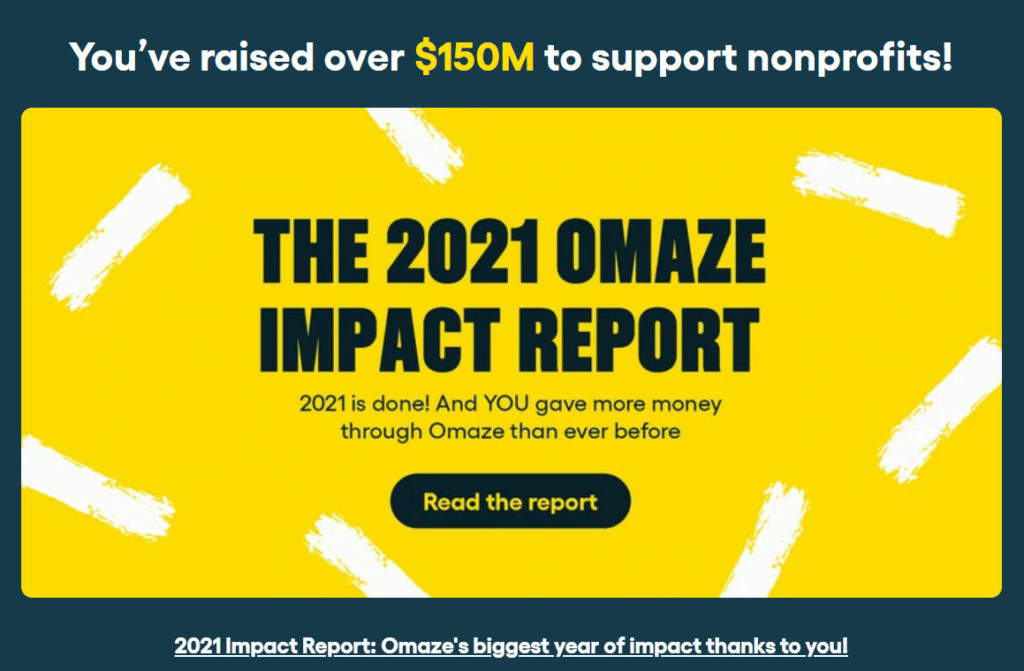
Conclusion
I hope this guide showed you how effective social proof is and how you can start building it today.
Make sure to check out part two of our eCommerce social proof series: 7 MORE Social Proof Tactics To Increase Your eCommerce Revenue!
Now I’d like to turn it over to you:
What’s the #1 strategy from this post you want to use first?
Are you going to actively chase product reviews? Will you get your brand mentioned in media outlets?
Or maybe you have a question about something you learned.
Either way, let me know by dropping a comment below right now.




